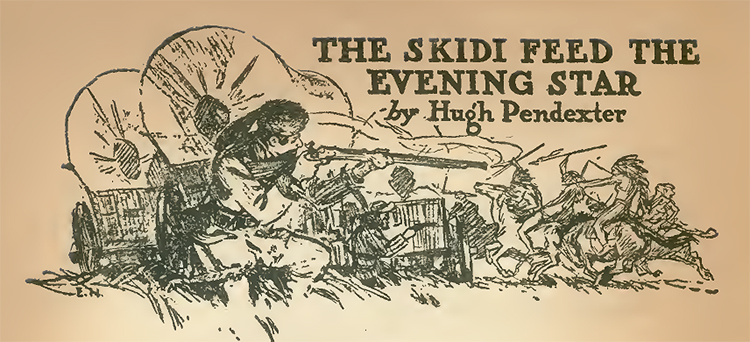In the winter of 1956, Alexander Eliot, art critic for Time magazine, interviewed Edward Hopper for a cover feature on the painter’s roundabout path to fame. Intended to familiarize general audiences with the man behind classic paintings like Nighthawks and Early Sunday Morning, the resultant profile reads today like a paean to an American master. Eliot was taken with Hopper’s “unalterable reserve.” Presenting the artist as a frugal and unsentimental old man who often conflated self-effacement and self-flagellation, he painted his own portrait of a folksy messiah—a humble savant capable of rescuing American realism from a clique of “clattering egos.”
Given this messianic tilt, it’s not surprising that as Eliot broached Hopper’s early days as a commercial artist, he referred to the period as his “time in the desert.” For the first 25 years of his career, Eliot related, Hopper had failed to support himself solely on his painting and therefore paid his bills drawing covers and interior art for publications like Hotel Management, Everybody’s Magazine, and the Wells Fargo Messenger. Eliot spun this existence into a retroactive tragedy. Advertising firms and publishing houses had wanted America’s greatest living realist to “draw storybook characters posturing and grimacing.” Hopper had simply wanted to “paint sunlight on the side of a house.”
To Eliot’s credit, 60 years later, art historians still struggle to reconcile the most sensational of Hopper’s commercial illustrations with the quiescent scenes that earned him a place among the great 20th-century artists. Hopper biographer Gail Levin described this squaring-up process in 1979; while many of the artist’s commissioned illustrations allowed him to perfect subjects “in which he was especially prolific”—offices, ships, railroads, hotels, and restaurant scenes—several forced him to confront unfamiliar and at times uncomfortable themes.
Nowhere was this more evident than in his work for the pulp-fiction magazine Adventure.
Between March 1916 and March 1919, Hopper illustrated five issues for the publication. In these magazines, the famed realist—a man whose plaintive portraits and landscapes now sell for tens of millions of dollars—drew heading art for stories like “The Sourdough Twins’ Last Clean-Up,” “Snuffy and the Monster,” and “A Fish Story About Love.” Hopper enlivened these stories with images that ranged from amusing to maudlin. One illustration, perched above Holda Sears’ “The Finish,” shows an explorer in a life-and-death struggle with a man-sized python. Another, atop Hapsburg Liebe’s “Alias John Doe,” depicts two cowboys “tabletopping” a patsy—one of his subjects kneeling behind their victim while the other topples him over. Additional pictures portray rampaging apes, spear-wielding natives, and pioneers wearing coonskin caps.

From the July 18th, 1918 issue of Adventure.
